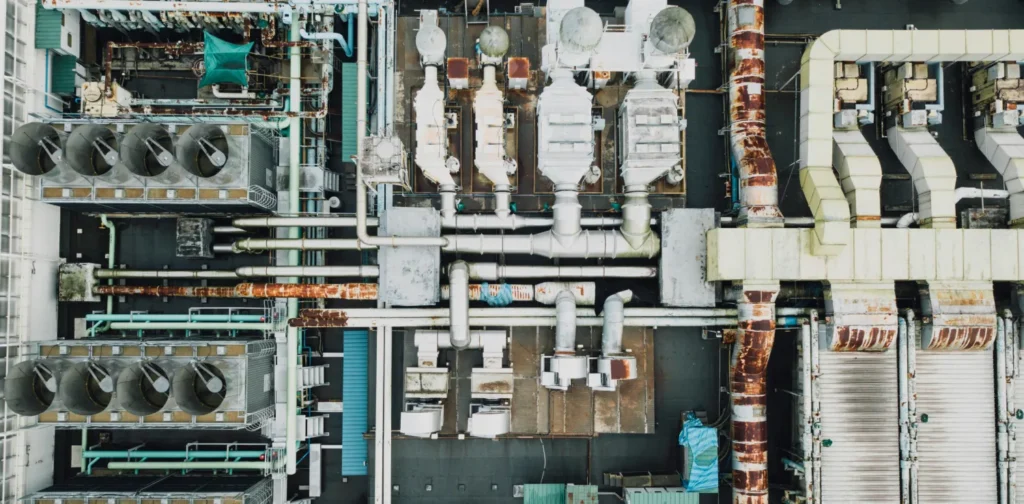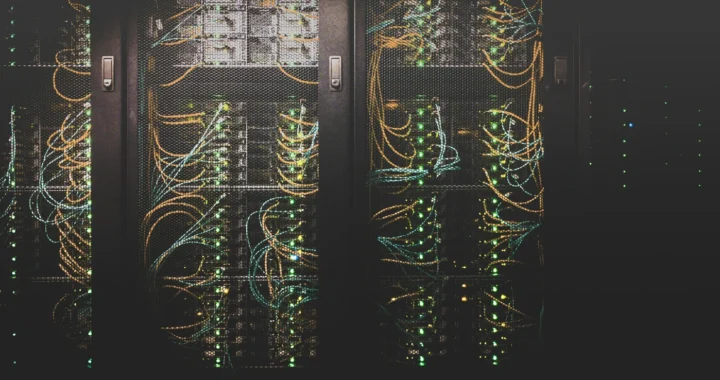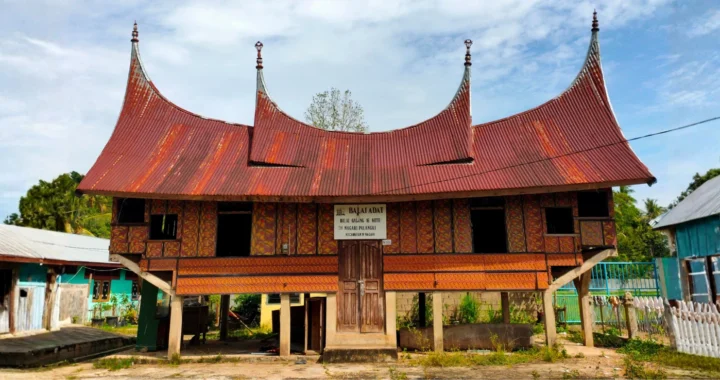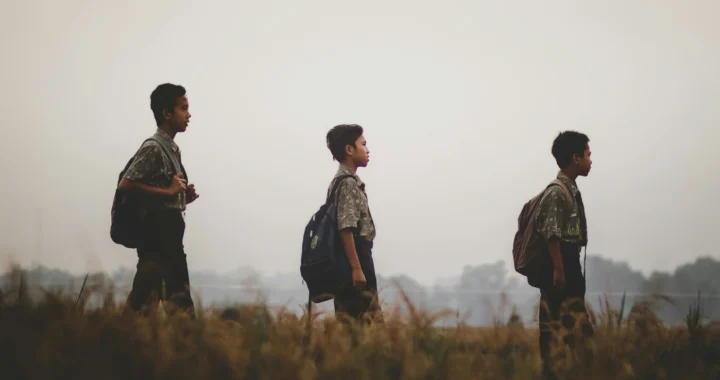Looking into Industrial Symbiosis Practices for Bioenergy Sourcing

Photo by CHUTTERSNAP on Unsplash
As global heating reaches unprecedented levels, the world is aiming for widespread energy transition. One of the promising alternatives is biomass energy from natural resources. However, a transition at scale to harnessing biomass energy requires sustainable sourcing so we do not further harm the planet. In this light, industrial symbiosis practices may offer a solution.
Sourcing Dilemma
Biomass energy materials are commonly sourced from plants, woods, and waste. In recent years, the demand for biomass energy sourced from plants and trees has grown substantially. For instance, between 2021 and 2023, the number of imported wood pellets from Indonesia to South Korea and Japan jumped from 49.8 tonnes to 68,025 tonnes, and 54 tonnes to 52,734 tonnes, respectively. To meet the needs of large-scale production, deforestation seems to be inevitable. In 2023 alone, around 1,000 hectares of forests in Gorontalo, Indonesia, were logged for wood pellet exports.
At the same time, the bioenergy source from plants can lead to monoculture plantations, which is also a common reason behind deforestation. A study showed that in the long term, sugarcane monoculture can reduce soil quality, hydrological functions, and agrobiodiversity. These conditions disrupt overall crop productivity.
Considering the environmental damage of both sourcing options, some researchers suggest focusing on using waste. However, the availability and sustainability of this sourcing are still highly questionable. Industrial waste, especially biomass waste, can be the alternative to meet the large-scale source. A compatible system is needed to make it work.
Industrial Symbiosis as a Solution
Industrial symbiosis could be the option for waste-to-energy practices. In general, industrial symbiosis is the use of underutilized resources (including waste, by-products, and residues) of one factory as another factory’s raw materials and sharing infrastructure. This framework enables industrial waste to be processed without high transportation costs and land conversion. It is also potentially cost-effective, since businesses do not have to manage their own waste and may even create a new revenue from it.
The practices of industrial symbiosis have been successfully implemented in several countries through linking various industries in nearby areas. Some examples include:
- Kalundborg, Denmark: residual biomass from Novozymes and Novo Nordisk (yeast slurry) is turned into biomethane, which is then sent to local companies and to retail consumers through the national gas grid.
- The Rizhao Eco-industrial Park, China: pulp and paper factory received scrap wood from a wood factory and turned it into wood chips, which are then processed into charcoal products.
Implementing industrial symbiosis practices as the alternative of bioenergy sourcing from waste has been successful in several cases. This indicates that industrial symbiosis can offer a solution to the biomass energy sourcing dilemma.
Still, the compatibility of waste and the production scale should be studied further as the potential will vary from one industry to another. Industries must also work together to create an enabling environment and infrastructure to support the transition toward cleaner energy and circular economy. After all, sustainable development efforts cannot exist in silo; they require innovative cross-sectoral collaborations from governments, businesses, and civil society for the wellbeing of people and the planet.
Editor: Nazalea Kusuma

Join Green Network Asia Membership
If you find this content useful, support Green Network Asia’s movement to create positive impact for people and the planet through public education and multi-stakeholder advocacy on sustainability-related issues and sustainable development. Get exclusive benefits for personal and professional development as well as for organizational capacity development.
Become a Member Now

 Understanding the Dark Side of Artificial Intelligence
Understanding the Dark Side of Artificial Intelligence  Attempting Data Center Circularity Through Waste Heat Recovery
Attempting Data Center Circularity Through Waste Heat Recovery  Indigenous Knowledge and Art as Integral Instruments for Disaster Risk Reduction
Indigenous Knowledge and Art as Integral Instruments for Disaster Risk Reduction  Strengthening Societal Resilience in the Age of Disruptions
Strengthening Societal Resilience in the Age of Disruptions  Building Strategic Approach to Support Urban Health for All
Building Strategic Approach to Support Urban Health for All  Understanding and Addressing Multiple Dimensions of Child Deprivation
Understanding and Addressing Multiple Dimensions of Child Deprivation